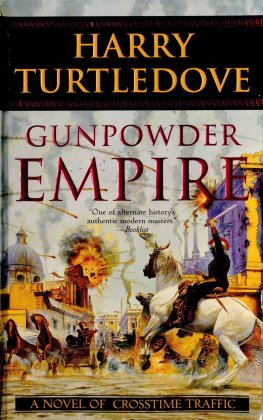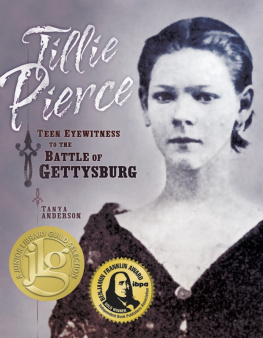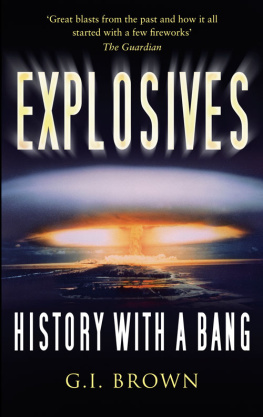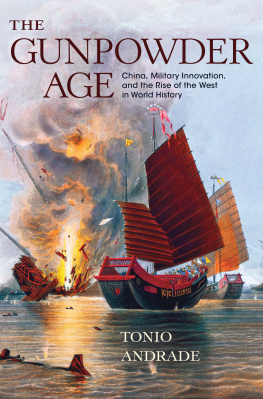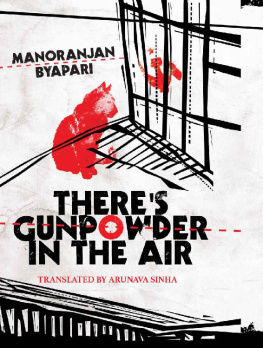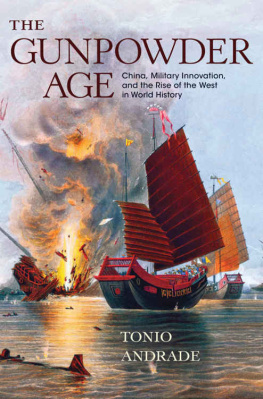GUNPOWDER, EXPLOSIVES AND THE STATE
This volume is dedicated to all the colleagues who over the last twenty-five years have explored the significant subject of gunpowder and explosives history, in a spirit of cooperative enterprise and shared enthusiasm. Benjamin Robins observed in the mid-eighteenth century that the practical investigation of gunpowder carried Dangers, to the braving of which in Philosophical Researches no Honour is annexed [New Principles of Gunnery: Containing the Determination of the Force of Gun-Powder (London, 1742), p.32]. We have risked engagement in some of these practical challenges, but more importantly we have rescued the subject from the academic limbo of the unfashionable, so that its importance in individual, national, and world history may begin to be assessed. We have found comradeship in these philosophical researches: whether we have also found honour is not for us to judge.
Brenda J. Buchanan
September 2005
Gunpowder, Explosives and the State
A Technological History
EDITED BY BRENDA J. BUCHANAN
University of Bath (UK)
First published 2006 by Ashgate Publishing
Published 2016 by Routledge
2 Park Square, Milton Park, Abingdon, Oxon OX14 4RN
711 Third Avenue, New York, NY 10017, USA
Routledge is an imprint of the Taylor & Francis Group, an informa business
Each chapter copyright its contributor, 2006
The editor and contributors have asserted their moral right under the Copyright, Design and Patents Act, 1988, to be identified as the editor and contributors of this work.
All rights reserved. No part of this book may be reprinted or reproduced or utilised in any form or by any electronic, mechanical, or other means, now known or hereafter invented, including photocopying and recording, or in any information storage or retrieval system, without permission in writing from the publishers.
Notice:
Product or corporate names may be trademarks or registered trademarks, and are used only for identification and explanation without intent to infringe.
British Library Cataloguing in Publication Data
Gunpowder, explosives and the state: a technological history
1.Gunpowder History 2.Ordnance History
I.Buchanan, Brenda J.
662.2'6
Library of Congress Cataloging-in-Publication Data
Gunpowder, explosives and the state: a technological history / edited by Brenda J. Buchanan.
p. cm.
ISBN 0-7546-5259-9 (alk. paper)
1. Gunpowder History. 2. Gunpowder industry History. 3. Ammunition History. 4. Firearms History. I. Buchanan, Brenda J.
TP272.G83 2006
662'.26dc22
2005048072
ISBN 13: 978-0-7546-5259-5 (hbk)
Typeset in Garamond by Owain Hammonds, Ceredigion.
Contents
Robert A. Howard
Asitesh Bhattacharya
Iqtidar Alam Khan
Brenda J. Buchanan
Walter Panciera
Antnio C. Quintela, Joo Lus Cardoso and Jos Manuel de Mascarenhas
Thomas Kaiserfeld
Leif Mrtensson
Jos Manuel de Mascarenhas
Patrice Bret
Darwin H. Stapleton
William S. Curtis
Kelly DeVries and Robert Douglas Smith
Ignacio M. Carrin Arregui
Brett D. Steele
Seymour H. Mauskopf
Ren Amiable
Richard E. Rice
Ian D. Rae and James H. Whitehead
Ernst Homburg
Caption for cover image
The Waltham Abbey Powder Mills, from an engraving by John Farmer, History of Waltham Abbey in the County of Essex (London, 1735). This privately-owned Old Establishment, in a rural valley near London, was purchased by the Crown in 1787 and developed by the Board of Ordnance into the major British centre for the research and production of military gunpowder and explosives. It was de-commissioned in 1991, and the once-secret site of the Royal Gunpowder Factory is now open to the public.
Reproduced by courtesy of the National Monuments Record, English Heritage, Swindon, UK.
The key shows: from the right, a horse mill; then the Corning and Glazing Engine powered by a large waterwheel (2); more horse mills (3, 4, 5) and stables (6); and the Coal Mill and Composition House (7). Next the carpenters and millwrights workshops (8); offices and a Watch House (9); and the Loading House (10) from where powder was despatched by barge to London. The process workshops included two water-powered Stamping Mills (11, 12) and two Dumb Mills (13, 14), probably with quieter edge-runners. The powder would be stored safely between processes (15 and possibly 16, 17), dusted (18), and dried in stoves, on racks in the sun (20), or by the circulation of hot air (19, 21). For an account of Waltham Abbey Royal Gunpowder Mills: The Old Establishment see Brenda J. Buchanan, Newcomen Transactions, vol. 70 (199899).
The illustrations in chapter 1 are shown by courtesy of the Hagley Museum and Library. |
The archival photographs in chapter 6 (6.2, 6.8, 6.9 and 6.10) are shown by courtesy of the Oeiras Municipality |
The illustrations in chapter 20 are shown by courtesy of Shell International B.V. |
Ren Amiable, an alumnus of the Ecole Polytechnique, served in gunpowder and explosives manufacturing and was Director of the Technical Service for Gunpowder and Explosives at the Ministry of Defence, until 1995. He is the curator-founder of the Gunpowder Technical Museum at Sevran and president-founder of the association Friends of the Gunpowder and Pyrotechnics Heritage. He has published Les matriaux nergtiques (1997).
Asitesh Bhattacharya is a chemical engineer who since retirement from professional service has been pursuing the historical aspects of scientific development, particularly in India. In addition to gunpowder he has also studied the work of Sir Jagadish Chandra Bose, who in the late nineteenth century sought to revive a scientific tradition in India. Dr Bhattacharya has contributed a section on Viscometers to the Instruments of Science: An Historical Encyclopedia.
Patrice Bret, an historian of science and technology, is currently Scientific Director of the Department of History of the Centre for Higher Studies on Armament, Secretary General of the Lavoisier Committee of the Paris Academy of Sciences, and a member of the French National Committee for the History and Philosophy of Science. Dr Brets publications include LEtat, larme, la science. Linvention de la recherche publique en France, 17631830 (2002).
Brenda J. Buchanan, is a research fellow at the Centre for the History of Technology, University of Bath, convenor of the Gunpowder and Explosives Section of ICOHTEC, trustee of the Waltham Abbey Royal Gunpowder Mills and chair of the UK Gunpowder and Explosives History Group. She is the editor of Gunpowder: The History of an International Technology (1996). Recent publications include The Art and Mystery of Making Gunpowder in The Heirs of Archimedes (MIT Press, 2005) and Making Fireworks in Gunpowder Plots (Penguin, 2005).
Joo Lus Cardoso is an Associate Professor at the Open University, Lisbon, and Director of the Centro de Estudos Arqueolgicos (Archaeological Studies Centre) of Oeiras Municipality.



